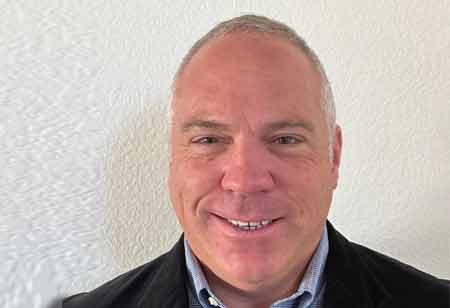Thank you for Subscribing to Healthcare Business Review Weekly Brief

Where Do We Go From Here? A Stop on the Road Map to Health Equity
Healthcare Business Review
There are, in healthcare, success stories where technology has improved outcomes for patients (think Virtual Care or Remote Monitoring), delivered cost savings, or provided the means to coextensively serve swaths of patients in an asynchronous manner. Brilliant minds in the U.S. and around the world are focused on leveraging technology, alternative care models, new vaccines, “centers of excellence,” and the list goes on. But there is no “silver bullet” capable of addressing and resolving disparities. Everyone in healthcare believes we can do better, but progress is slow and often falls short of expectations. Why? Where do we start?
Obstacles are plentiful and solutions are two-dimensional at best. Barriers to effectively driving better health outcomes include misallocation of resources (Government spend mandates, federal and state regulators/policy makers), payors, big pharma, providers, politics, and social and economic reasons. Everything is a barrier, and we have collectively split our efforts into solving individual problems (Obesity treatment such as Ozempic) rather than working from over-arching goals to the fundamental building blocks of success.
The attention to Social Determinants of Health (SDoH) or Non-Medical Drivers of Health (NMDoH), depending on where you live in the United States, recognition that there are other factors impacting physical conditions, and these factors have a lot to do with health equity. Everyone is attempting to solve a problem, but only recently have many clinicians, researchers, and healthcare professionals taken another look at community care teams (CCTs) and, more specifically, the integration of Community Health Workers, Promotores, and Representatives (CHW/P/Rs) into CCTs.
Quite frankly, this group continues to experience marginalization and exclusion from the conversation of healthcare. CHW/P/Rs are non-clinical public health workers and a critical piece to addressing health equity. Integrating CHW/P/Rs into Community Care Teams can incrementally improve healthcare access and distribute patient load, allowing each clinician on the team to operate at the top of their license, delivering better coordination, value, and efficiency, not to mention supporting system capacity and clinician burnout avoidance.
Working for Access2Care, a Global Medical Response company, I have come to believe the way forward requires the integration of CHW/P/Rs into the care model at the point of entry for Medicaid/Medicare patients and those in the community who are most at risk.
Equipping these frontline advocates with technological toolsets designed to collect and aggregate data from each encounter, combined with a decisioning “engine” to guide the CHW/P/R through the process to determine what resources, clinicians, and services, can organize the framework necessary to access each service, treatment, and resource efficiently. Further, the data collection shines a light on where the most resources are needed to help guide planning by Community-Based Organizations (CBOs), HUBs and other community supports.
In addition, delivering quality and value, through coordinated efforts between CHW/P/Rs and Nonemergency Medical Transportation (NEMT) and Nonmedical Transportation (NMT) ties together two overly critical aspects of the care model. Most CHW/P/Rs are not aware of NEMT/NMT and to date, neither party has sought to connect individuals to the services each offers. Care delivery for the most expensive members seeking care is dependent on NEMT/NMT and these individuals can benefit from integration of a CHW/P/R. If the individual care management plan is developed in conjunction with the CHW/P/R, the clinicians and the NEMT/NMT provider work together as the transportation solution. I believe society could move the needle on health outcomes.
"Everyone Is Attempting To Solve A Problem, But Only Recently Have Many Clinicians, Researchers, And Healthcare Professionals Taken Another Look At Community Care Teams (Ccts) And, More Specifically, The Integration Of Community Health Workers, Promotores, And Representatives (Chw/P/Rs) Into Ccts"
Taking it a step further, moving upstream in the care model, CHW/P/Rs and NEMT/NMT are that “last mile” for a great many Medicaid and Medicare members in our communities. Empowering each of these segments in the continuum suggests an opportunity to accomplish a multitude of steps in the assessment and navigation of care for patients.
Considering the ongoing lack of funding, poor wages, and a complicated bureaucracy, combined with a clinical labor force that is stretched to the breaking point, merging these two disciplines and intentionally funding them to create a broader “funnel” will result in better outcomes for patients and those who have dedicated their career to public health as well. I believe such a combination and an overhaul of the CMS reimbursement methodology will yield a meaningful improvement in compensation for these committed people and provide a much-needed resource at the point of entry to the system.









